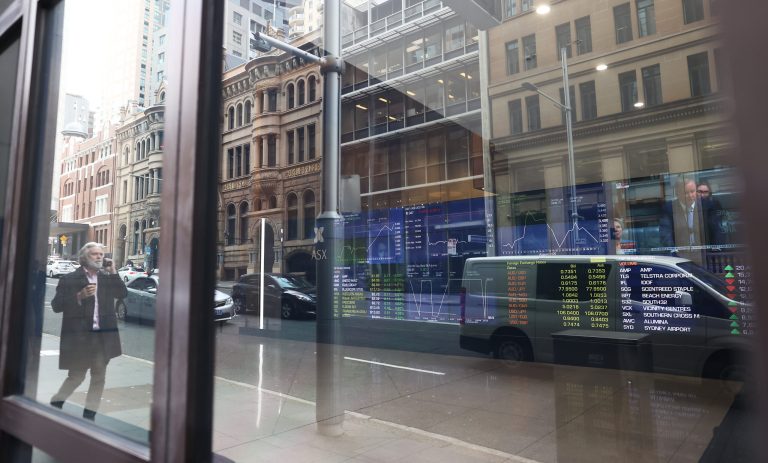
SINGAPORE — Chinese stocks lagged other Asia-Pacific markets on Wednesday, and troubled Chinese real estate developers are back in the spotlight. Chinese social media giant Weibo made its market debut in Hong Kong.
Hong Kong’s Hang Seng index hovered around the flatline in early trade. Weibo made its market debut on Wednesday, in what was its secondary listing at an offer price of $272.80 Hong Kong dollars ($34.98) per share. Its main listing is on the Nasdaq. Shares opened 6% lower at 256.20 Hong Kong dollars ($32.85).
Weibo’s Nasdaq-listed stock has plummeted more than 10% in the past week. This comes as Chinese ride-hailing giant Didi said last week it will start delisting from the New York Stock Exchange, and make plans to list in Hong Kong instead.
Meanwhile, trading in shares of major Chinese real estate developer Kaisa will be suspended on Wednesday, according to a notice on the Hong Kong exchange. Following the Evergrande crisis, Kaisa has also been embroiled in debt issues, as it looked unlikely that it met its $400 million offshore debt deadline on Tuesday, according to Reuters. It also failed to reach a notes exchange deal with bondholders last week, increasing its chances of default, analysts have said.
This is the second trading halt. The developer had suspended trading in November after missing a payment on a wealth management product earlier this month.
Mainland Chinese stocks were also subdued. The Shanghai composite was near flat, while the Shenzhen component rose 0.61%.
Other Asia-Pacific markets fared better. Japan’s Nikkei 225 bounced 1.1%, and the Topix climbed 0.63%. Japan reported that its economy shrank 3.6% in the third quarter, worse than the initial estimate of a 3.0% contraction, revised government data showed on Wednesday, according to Reuters.
South Korea’s Kospi was 1.06% higher, while in Australia, the S&P/ASX 200 bounced 1%.
MSCI’s broadest index of Asia-Pacific shares outside Japan rose 0.46%.
Wall Street rebound
Stocks stateside continued to rebound from the recent drop, as investors grew less fearful of the potential economic impact from the new omicron coronavirus variant.
The Dow Jones Industrial Average rose 492.40 points, or 1.4%, to 35,719.43. The S&P 500 added 2.07% to 4,686.75 and sat about 1% away from its all-time high. The Nasdaq Composite led the market rally, jumping 3% to 15,686.92. It was the best day since March 1 for the S&P 500, and the best day since March 9 for the Nasdaq.
“Risk sentiment rebounded further as markets become more optimistic that Omicron will not impede the global economic recovery. Pledges from China to support economic growth also helped alleviate some of the fears,” Brian Martin and Daniel Hynes of ANZ Research wrote in a Wednesday note.
“Markets now expect further monetary policy easing in China after the People’s Bank of China said it will reduce bank reserve requirements,” the note added. China announced Monday that it would cut the reserve requirement ratio, or the amount of cash that banks must hold as reserves, for the second time this year.
Still, investors will continue to keep an eye on omicron Covid developments, with the U.S. CDC saying Tuesday that the new variant has now been found in 50 countries and 19 states across the U.S.
Currencies and oil
Oil prices fell back a little during Asia hours, after spiking for most of the week. U.S. crude inched down 0.43% to $71.75 per barrel. Brent futures also fell 0.46% to $75.09.
The U.S. dollar index, which tracks the greenback against a basket of its peers, was little changed at 96.233 — falling back from levels around 96.3 earlier.
The Japanese yen traded at 113.41 per dollar, as it continued to weaken. The Australian dollar was at $0.7117, continuing its ascent since the past week.